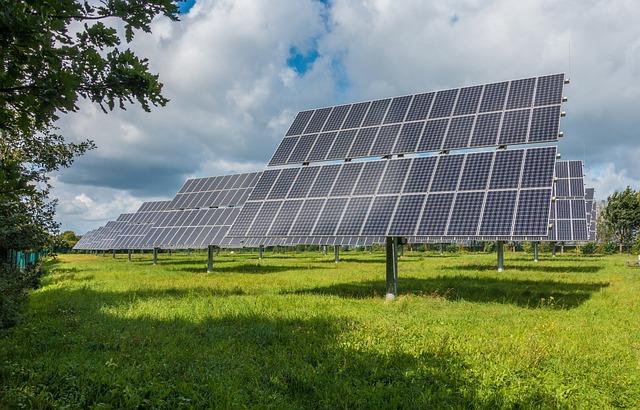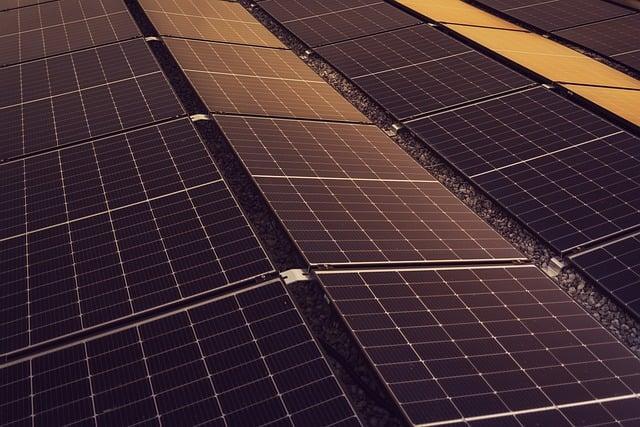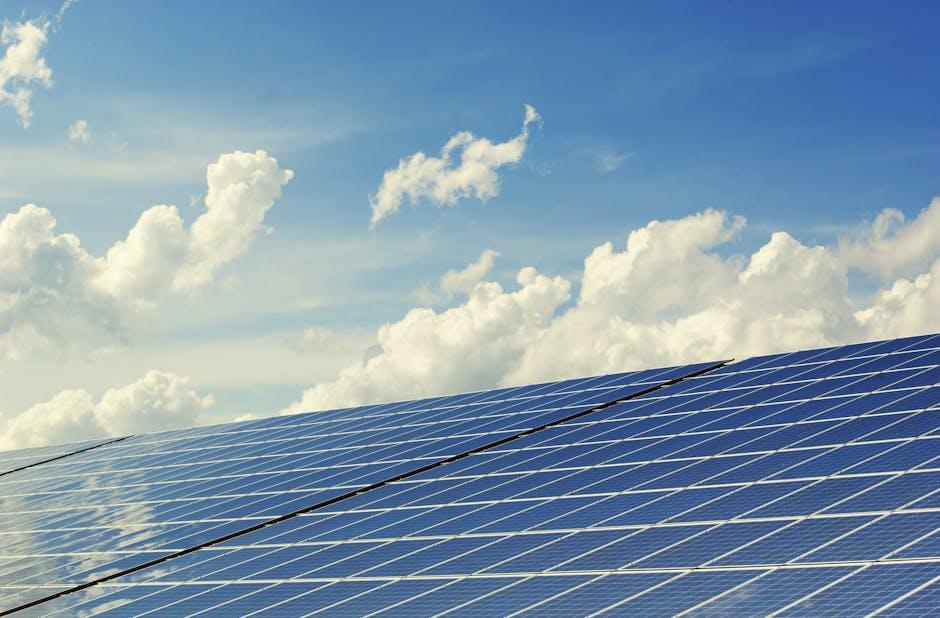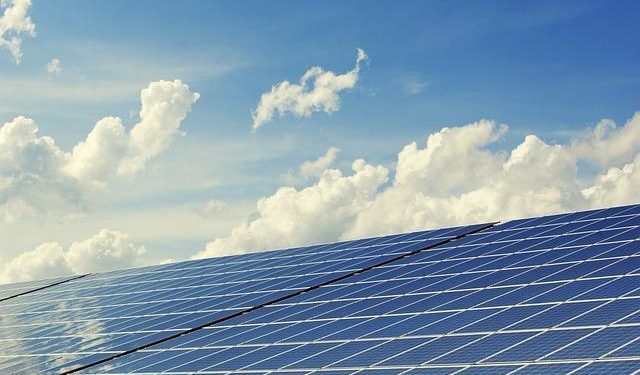In the relentless march toward a sustainable future, solar energy has emerged as a beacon of hope, promising to illuminate our world with clean, renewable power. As glistening solar panels blanket rooftops and vast solar farms stretch across landscapes, the sun’s potential seems boundless. Yet, as we bask in this solar renaissance, a critical question arises: Is our existing grid infrastructure equipped to handle this surge of solar energy, or is the push for solar outpacing our ability to integrate it effectively? This article delves into the dynamic interplay between burgeoning solar advancements and the aging, often beleaguered, grid systems they must inhabit. Through a balanced exploration, we aim to unravel whether our energy ambitions are racing ahead of the infrastructure designed to support them, and what this means for the future of our energy landscape.
Harnessing the Sun: Balancing Innovation with Infrastructure
As solar energy continues to capture the imagination of innovators and environmentalists alike, the race to integrate this abundant resource into our daily lives has revealed a critical challenge: the capacity of our existing grid infrastructure. While solar technology advances at a rapid pace, the infrastructure designed to support it often lags behind, struggling to accommodate the unique demands of decentralized energy production. This misalignment raises concerns about the resilience and reliability of energy delivery systems. Solar panels, with their increasing efficiency and declining costs, promise a brighter, cleaner future. However, without a concurrent evolution in grid technology, we risk a bottleneck that could stifle progress.
- Decentralization: Solar energy production is inherently decentralized, which requires a more flexible and adaptable grid to handle the variable energy input.
- Storage Solutions: As solar energy production peaks during daylight hours, effective energy storage solutions are essential to balance supply and demand.
- Grid Modernization: Upgrading existing infrastructure to smart grids can help manage the complexities of renewable energy sources.
- Policy and Investment: Strategic policy-making and increased investment in grid technology are crucial to ensure the seamless integration of solar power.
To truly harness the power of the sun, a synchronized approach that aligns technological advancements with robust infrastructure development is imperative. This balance will not only enhance the efficiency of solar energy systems but also secure the sustainability of our energy future.

The Solar Surge: Challenges of an Overwhelmed Grid
The transition to solar energy is a commendable stride towards sustainability, yet the rapid growth is unveiling a host of challenges for our aging power grid. As more households and businesses install solar panels, the grid faces unexpected stress, leading to potential disruptions and inefficiencies. Grid operators are grappling with a new reality where energy supply from solar sources is intermittent and unpredictable, contrasting sharply with the traditional, consistent flow from fossil fuels. This fluctuation in energy input can result in voltage instability, equipment damage, and even power outages if not managed adeptly.
- Infrastructure Limitations: The existing grid was not designed to accommodate the reverse flow of electricity from distributed solar installations, necessitating significant upgrades.
- Energy Storage Needs: To smooth out the variability of solar power, there is a growing demand for advanced energy storage solutions, such as batteries, to store excess power for use during non-sunny periods.
- Regulatory Challenges: Updating policies to support grid modernization and incentivize utilities to adapt to these changes is crucial for a seamless transition.
Addressing these issues requires a holistic approach that involves not only technological advancements but also policy reforms and strategic investments. By prioritizing these areas, we can ensure that the push for solar energy doesn’t just shine brightly, but also sustainably and reliably powers our future.

Integrating Solar: Strategies for a Resilient Energy Future
As the global shift towards renewable energy accelerates, the adoption of solar power has become a cornerstone of sustainable development. However, this rapid expansion raises a critical question: is our current grid infrastructure robust enough to support this transformation? Integrating solar energy into existing power grids presents unique challenges and opportunities. The intermittent nature of solar power, driven by the sun’s availability, necessitates innovative strategies to ensure reliability and efficiency. Some potential solutions include:
- Smart Grid Technology: Implementing advanced monitoring and control systems can enhance grid stability and manage the variability of solar power generation.
- Energy Storage Solutions: Developing large-scale battery storage systems can store excess solar energy generated during peak hours, making it available during periods of low sunlight.
- Decentralized Power Generation: Encouraging localized solar installations reduces the strain on centralized grid systems and enhances energy security.
Each of these strategies requires careful planning and significant investment, yet they are essential for building a resilient energy future. The race is on to not only expand solar capacity but also to upgrade and adapt our infrastructure to handle this clean, abundant energy source effectively.

Bridging the Gap: Recommendations for Grid Modernization
To successfully integrate the burgeoning solar energy sector with existing grid systems, several strategic recommendations can be implemented. First, investing in advanced grid technologies is crucial. This includes upgrading transmission lines, adopting smart grid solutions, and incorporating energy storage systems to manage the intermittent nature of solar power. Enhanced grid flexibility ensures that renewable energy sources are efficiently harnessed and distributed.
Moreover, policy and regulatory frameworks need to evolve to support grid modernization. Encouraging collaboration between utility companies, government agencies, and technology providers can streamline the transition process. Key initiatives may involve:
- Incentives for grid infrastructure upgrades
- Standardization of interconnection procedures
- Promotion of research and development in grid technology
By addressing these areas, the gap between solar energy adoption and grid capacity can be effectively bridged, paving the way for a more sustainable energy future.
In Retrospect
As the sun dips below the horizon, casting a golden glow on the future of energy, we find ourselves at a crossroads. The relentless pursuit of solar energy, like a brilliant dawn, promises a cleaner, more sustainable world. Yet, the shadows of our aging grid infrastructure loom large, challenging us to innovate and adapt. The race is on, not just to harness the power of the sun, but to ensure our grids are resilient enough to bear this newfound brilliance. As we navigate this transformative journey, the balance between ambition and infrastructure will determine whether we bask in the warmth of progress or remain in the twilight of unrealized potential. The future beckons, and it’s ours to shape.

































